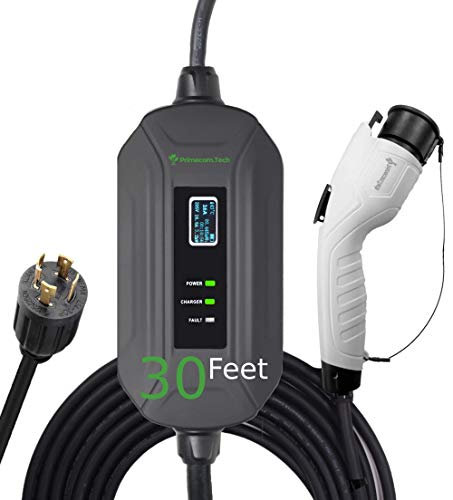Gonville said:
Just that it uses what it has.
I will watch it more closely then. I was under the impression that it was factoring in a bit more than just previous average energy economy.
Gonville said:
and none of that clever stuff like temperature and density of air as you say. It is not solely SOC divided by average. But previous average and current consumption.
Many consumers new to EVs have the expectation that the range estimate is going to be accurate. Down to the last mile. The clever stuff will be unfortunately needed, if we don't want to fall short of that expectation.
Gonville said:
It's as reliable as the SOC guess meter.
It very well might, even though my initial expression was different. The point of an SOC is that it can be used for purposes other than range prediction. There is no need to dumb down in-car instrumentation this much. Particularly not when an SOC indicator is considered perfectly adequate in consumer electronics, and even product designers at Apple don't dare to completely dispose of it.
Gonville said:
As for Apple. It's absolutely true that I can rely 100% on the SOC in my Apple product to know how long it is before it goes flat. LMAO. It's a variable. Depends on rate of consumption - same. Only thing I know is the 'range' is short on my iPhone. I know it won't last a day if I have everything turned on. A SOC doesn't help me as it shuts off at 10%. Then the last 1% on call can last 20 minutes or more if you turn it on after it powered off at 10%. Doh.
With all due respect, how long have you owned an EV?
While this might apply to you, many others found an SOC indicator quite useful. With an EV, you can trade range for speed, and even though a simple percentage indicator is not the best way to approach this, it allows for better planing than some amorphous estimated mile number.
Gonville said:
I think both methods give you a "false" illusion of being in control. Some people prefer one some the other.
While you might not be completely aware of how to effectively save energy and extended the useful remaining capacity of the battery on a smartphone, your EV readily allows that. Slowing down has a profound impact on energy consumption, and it puts the driver very much in control.
Here is a related discussion we had on the topic on the Tesla forum:
tommolog said:
I want to see a numeric representation on on EV's. Not bars, faux fuel gauges, batteries, etc. A simple numeric value of the state of charge percentage is so much better.
Agreed. I would love to see a kWh estimate somewhere as well, if possible, much like what GM does in the Volt. Nissan has already
confirmed that the 2013 model year LEAF will contain an SOC gauge in percent. Kadota-san directly attributed this change to a meeting held at Google last December. You can see nearly all LEAF owners in attendance voting in favor of adding an SOC gauge, which was dutifully implemented by Nissan in 2013 model year (and later) vehicles.







































![300W Car Power Inverter DC12V to AC110V,Dc to AC Car Plug Adapter Outlet with Multi USB[24W USB-C] /USB-Fast Charger(24W) Car Inverter,Car Charger for Laptop Vehicles Road Trip PiSFAU](https://m.media-amazon.com/images/I/41-KedJShYL._SL500_.jpg)







